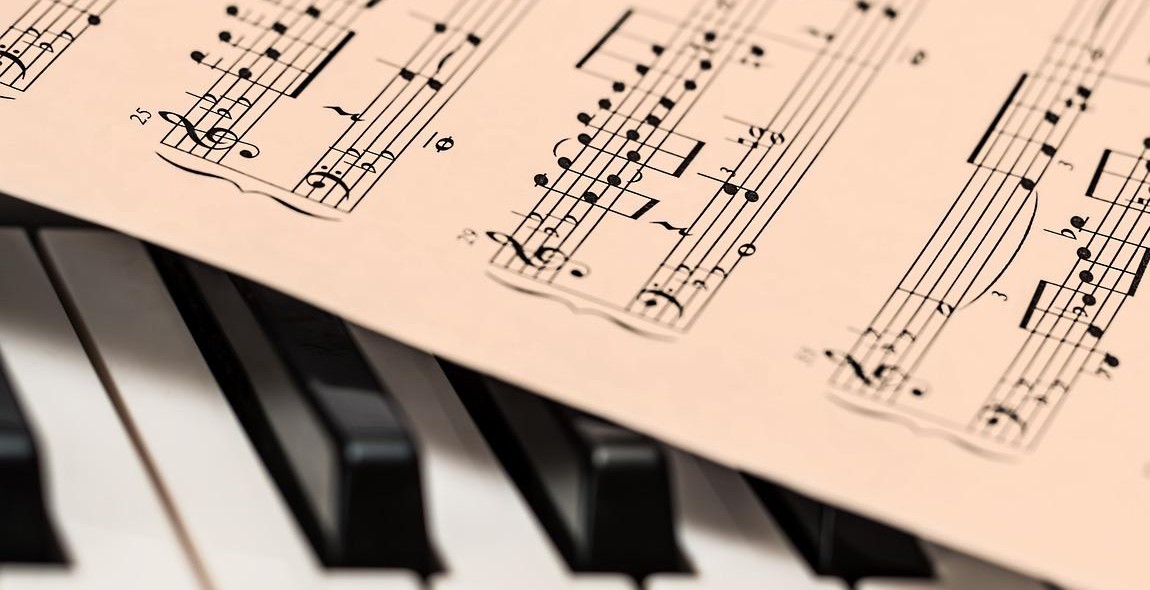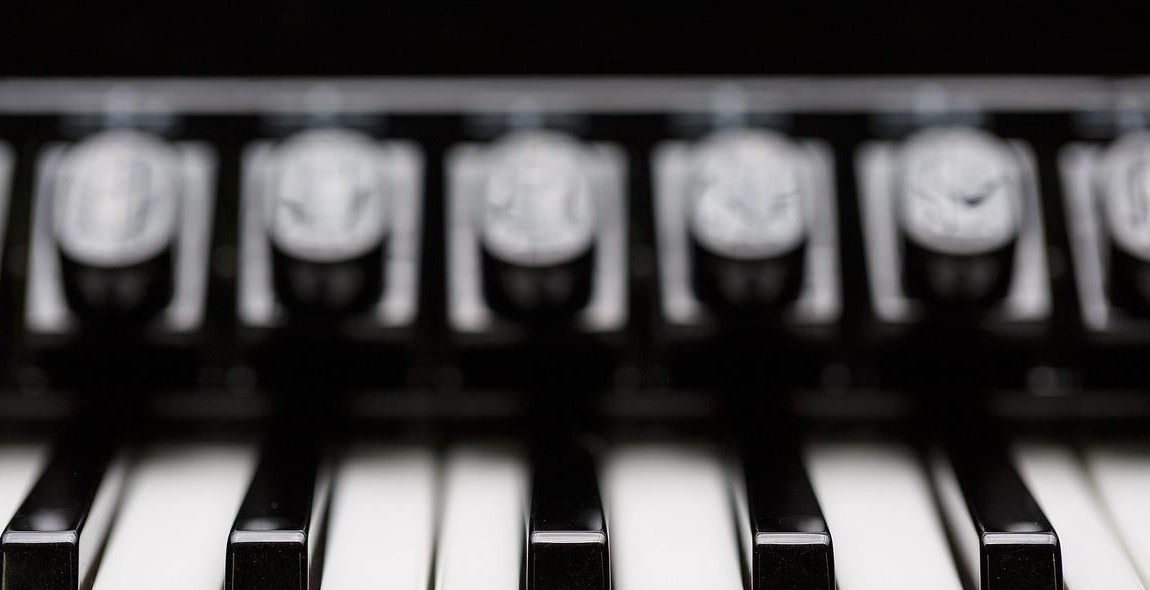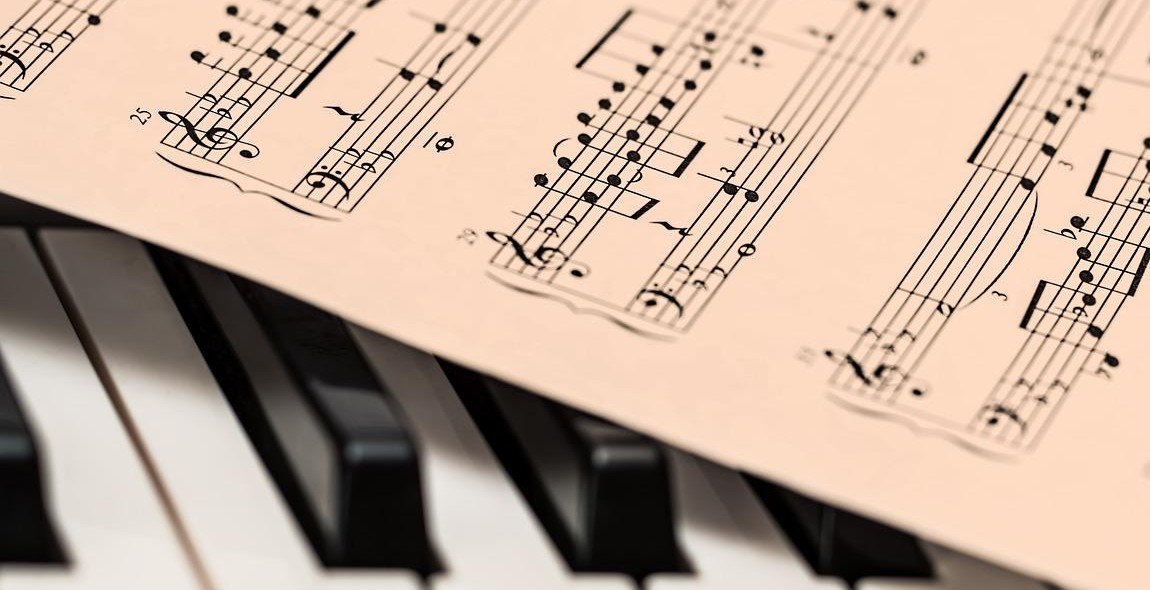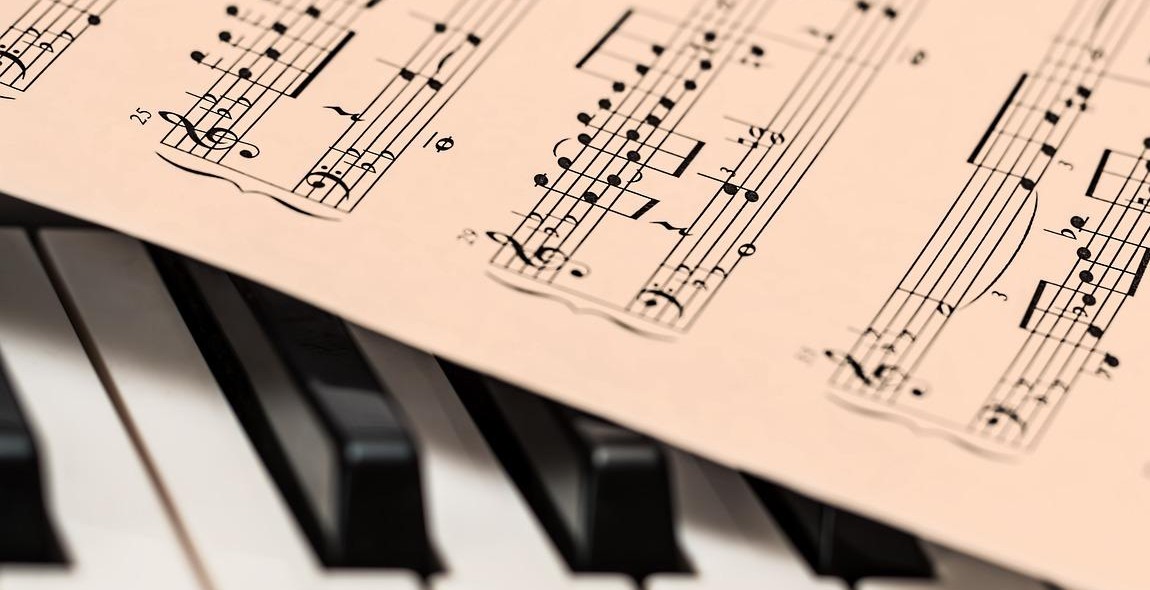How to Play the Piano: Beginner’s Guide to Learning Piano Techniques and Music Theory
Playing the piano is an incredible skill that can bring a lot of joy and satisfaction to your life. Whether you’re a complete beginner or have some experience with music, learning to play the piano can be a rewarding and fulfilling experience.
Why Learn Piano?
There are many reasons why you might want to learn how to play the piano. Perhaps you’ve always been interested in music and want to explore it further. Or maybe you want to impress your friends and family with your musical abilities. Whatever your motivation, learning to play the piano can have numerous benefits:
- Improves cognitive function and memory
- Reduces stress and anxiety
- Boosts creativity and self-expression
- Enhances hand-eye coordination and fine motor skills
- Provides a sense of achievement and satisfaction
While learning to play the piano may seem daunting at first, with the right approach and guidance, anyone can learn to play this beautiful instrument. In this beginner’s guide, we’ll explore the fundamental techniques and music theory behind piano playing, so you can start your journey to becoming a skilled pianist.

How to Play the Piano: Beginner’s Guide to Learning Piano Techniques and Music Theory
If you’re interested in learning how to play the piano, you’re in the right place. Playing the piano is a fun and rewarding experience that can bring a lot of joy to your life. However, before you start playing, there are a few things you need to know to get started.
Choosing a Piano or Keyboard
The first step to learning how to play the piano is choosing the right instrument. If you’re just starting out, you may want to consider purchasing a keyboard instead of a traditional piano. Keyboards are generally less expensive, take up less space, and are easier to move around.
When choosing a keyboard, look for one with weighted keys and a sustain pedal. Weighted keys will feel more like a traditional piano and the sustain pedal will allow you to hold notes longer.
Sitting Position and Posture
Once you have your instrument, it’s important to sit in the correct position. Sit with your back straight and your feet flat on the ground. Your arms should be relaxed and your elbows should be at a 90-degree angle.
Make sure your keyboard or piano is at the correct height. Your forearms should be parallel to the ground when your hands are resting on the keyboard. Adjust your seat or keyboard stand accordingly.
Finger Placement and Hand Technique
When playing the piano, it’s important to use the correct finger placement and hand technique. Start by placing your fingers on the keys with your fingers curved and your fingertips touching the keys. Use your fingertips to press the keys, not your whole finger.
When playing with your right hand, use your thumb for notes on the bottom of the keyboard, your index finger for notes in the middle, and your pinky for notes at the top. When playing with your left hand, use your pinky for notes on the bottom, your middle finger for notes in the middle, and your thumb for notes at the top.
Practice playing scales and simple songs using the correct finger placement and hand technique. This will help you develop good habits and make playing the piano easier in the long run.
In conclusion,
Choosing the right instrument, sitting in the correct position, and using the correct finger placement and hand technique are all important steps to learning how to play the piano. With practice and dedication, you’ll be playing beautiful music in no time.

Basic Piano Techniques
As a beginner, it is essential to learn the basic piano techniques to lay a strong foundation for your future piano playing. Here are some of the fundamental techniques you should master:
Playing Scales
Scales are a crucial aspect of piano playing as they help develop finger dexterity, hand coordination, and muscle memory. Start with the C Major scale, which is the most basic and easiest to learn. Place your right hand thumb on the middle C key and play the scale up and down using your fingers. Repeat this exercise with your left hand, playing the scale with your pinky finger on the low C key.
Tips:
- Practice playing scales with a metronome to help you keep a steady tempo.
- Gradually increase the speed as you become more comfortable playing the scale.
Playing Chords
Chords are groups of three or more notes played together to create a harmonic sound. Start with the basic chords such as C Major, G Major, and F Major. Place your fingers on the corresponding keys and play the chords in succession. Practice changing between the chords smoothly and quickly.
Tips:
- Practice playing chords with both hands to improve hand coordination.
- Experiment with different chord progressions to create your own music.
Playing Simple Songs
Playing simple songs is a great way to apply the techniques you have learned and improve your piano playing skills. Start with easy songs like “Mary Had a Little Lamb” or “Twinkle Twinkle Little Star.” Break down the songs into sections and practice playing each section slowly and accurately before putting them together.
Tips:
- Use sheet music or online tutorials to help you learn new songs.
- Record yourself playing to identify areas of improvement.
| Technique | Description |
| Playing Scales | Develop finger dexterity, hand coordination, and muscle memory by playing scales up and down using your fingers. |
| Playing Chords | Create a harmonic sound by playing groups of three or more notes together. |
| Playing Simple Songs | Apply basic techniques and improve playing skills by practicing easy songs. |

Music Theory
Understanding music theory is crucial to becoming a proficient piano player. Here are some key concepts:
Notes and Octaves
Notes are the building blocks of music. Each note represents a specific pitch and duration. The piano has 88 keys, which are arranged in groups of 12 notes. These groups are called octaves. The notes within an octave are named A, B, C, D, E, F, and G. Each note can also be represented by a letter and a number that indicates the octave it belongs to. For example, middle C is C4.
Reading Sheet Music
Sheet music is a written representation of music. It consists of a series of symbols and notations that indicate which notes to play and how long to play them. Learning to read sheet music is essential for playing the piano. The first step is to learn the basic symbols, such as the treble and bass clefs, notes, rests, and time signatures. Once you understand these symbols, you can start reading simple pieces of music.
Tips for learning to read sheet music:
- Start with simple pieces and gradually work your way up to more complex music.
- Practice sight-reading exercises to improve your reading skills.
- Use a metronome to help you keep time.
Playing by Ear
Playing by ear means being able to play a piece of music without reading sheet music. It requires a good understanding of music theory and the ability to recognize chords and melodies by ear. To start playing by ear, listen to a piece of music and try to identify the melody and chords. Once you have identified these elements, try to play them on the piano.
Tips for playing by ear:
- Start with simple songs and gradually work your way up to more complex pieces.
- Listen to the song multiple times to get a good understanding of the melody and chords.
- Experiment with different chord progressions to create your own arrangements.
| Note | Letter | Number |
|---|---|---|
| Middle C | C | 4 |
| A above middle C | A | 4 |
| Lowest key on the piano | A | 0 |

Practicing and Progressing
Learning how to play the piano requires dedication, patience, and effective practice techniques. Here are some tips to help you progress on your piano journey:
Effective Practice Techniques
Practicing regularly is crucial to improving your piano skills, but it’s even more important to practice effectively. Here are some techniques to help you make the most of your practice time:
- Break it down: Rather than trying to tackle an entire piece at once, break it down into smaller sections and practice each section separately.
- Slow it down: Practice at a slower tempo to ensure accuracy and build muscle memory before increasing the speed.
- Repeat, repeat, repeat: Repetition is key to mastering a piece, so don’t be afraid to repeat difficult sections multiple times.
- Record yourself: Recording yourself playing can help you identify areas that need improvement and track your progress over time.
Setting Goals and Tracking Progress
Setting goals and tracking your progress can help keep you motivated and focused on your piano journey. Here are some tips to help you set and achieve your goals:
- Set specific goals: Rather than setting a vague goal like “get better at piano,” set specific goals like “learn to play a new piece by the end of the month.”
- Break it down: Break larger goals into smaller, more manageable tasks to help you stay motivated and track your progress.
- Track your progress: Keep a practice journal or use a piano app to track your progress and celebrate your accomplishments.
- Be flexible: Don’t be afraid to adjust your goals as needed and be open to learning new things along the way.
Expanding Your Repertoire
Expanding your repertoire is an important part of becoming a well-rounded pianist. Here are some tips to help you explore new pieces and genres:
- Listen to new music: Listen to a variety of music to discover new pieces and genres that you enjoy.
- Challenge yourself: Don’t be afraid to tackle more difficult pieces to push yourself and improve your skills.
- Join a community: Join a local piano group or online community to connect with other pianists and discover new music.
- Have fun: Remember to have fun and enjoy the process of exploring new music and expanding your repertoire.
| Tip: Remember that everyone learns at their own pace, so don’t compare yourself to others. Stay focused on your own progress and enjoy the journey! |

Conclusion
Learning how to play the piano can seem daunting at first, but with the right guidance and practice, anyone can become a proficient pianist.
Remember to start with the basics, such as proper posture and hand positioning, and gradually build up your skills with a structured practice routine. Don’t be afraid to make mistakes, as they are a natural part of the learning process.
It is also important to understand music theory, as it will help you to read sheet music and play with proper timing and expression. Practice regularly and set achievable goals for yourself to keep motivated and track your progress.
Finally, don’t forget to have fun! Playing the piano can be a rewarding and enjoyable experience, whether you are playing for personal enjoyment or performing for others.
Recommended Resources:
- Pianote – Online piano lessons for all skill levels
- Musictheory.net – Free music theory lessons and exercises
- Alfred’s Basic Adult All-in-One Course – Comprehensive beginner’s piano book
Table of Contents:
| Section | Description |
|---|---|
| Introduction | An overview of the article |
| Choosing a Piano | Tips for selecting the right piano |
| Getting Started | Basic piano techniques and skills |
| Music Theory | An introduction to music theory concepts |
| Practice Tips | Strategies for effective practice sessions |
| Conclusion | A summary of the article |
